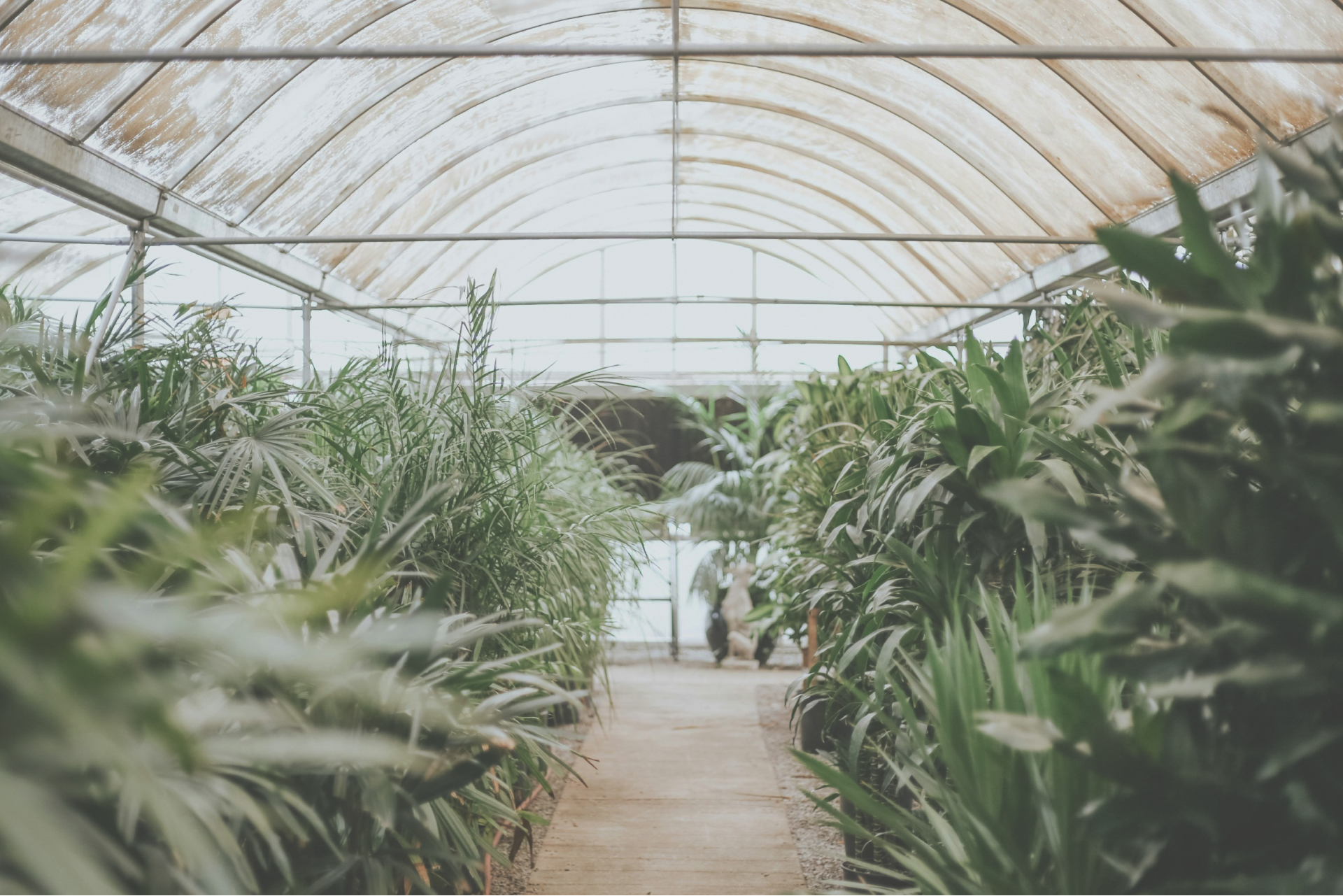What are the uses of LED lights in cannabis cultivation?
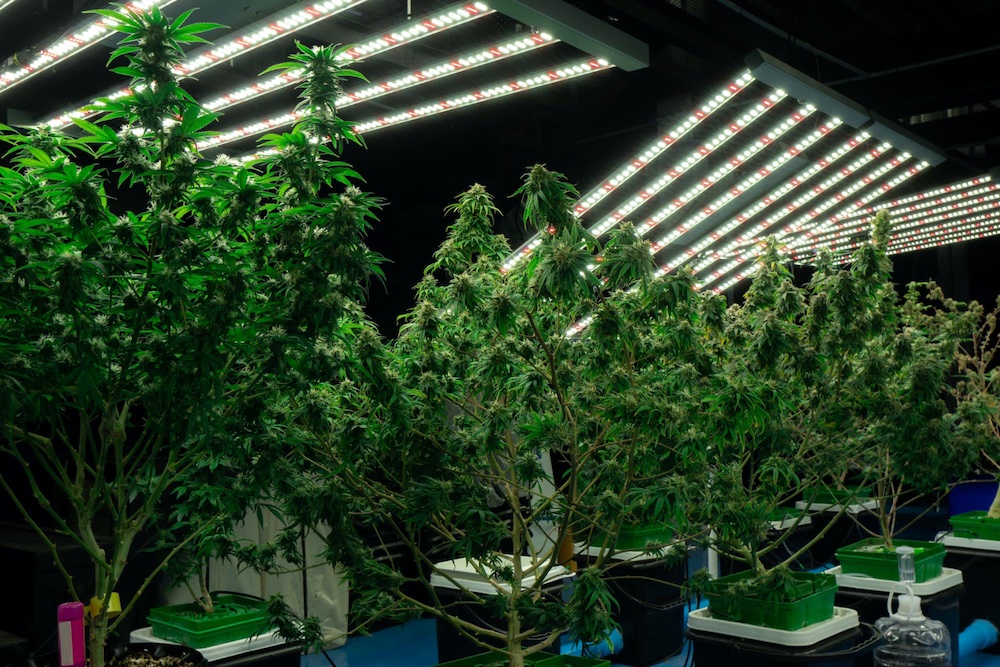
LED Lighting has become a cornerstone in modern cannabis Cultivation. Thanks to its versatility and energy efficiency, growers can use them at different stages and for various applications throughout the plant’s life cycle. Let’s explore in detail the multiple uses of LED lights in cannabis cultivation, from seed to harvest, and how they can help achieve optimal results in your grow.
LED lighting in cannabis cultivation represents a revolution in efficiency and versatility, allowing indoor growers to customise lighting conditions to ensure higher bud quality and a more responsible use of resources. With dimmers and automated systems, growers can adjust the intensity and light spectrum according to the time of day or the plant’s stage of life, maximising biomass production per watt consumed. This not only reduces electricity costs but also helps maintain a more sustainable environmental profile.
Advances in LED technology continue to expand the possibilities in marijuana cultivation, solidifying this type of lighting as an essential tool for anyone looking to optimise various scenarios in a controlled environment. Let’s look at the ten most common applications:
1. Germination and Rooting
Using low-intensity LED lights is key during the initial phase of seed germination and clone rooting, where seedlings require gentle and stable conditions that promote root development without stressing them. LED lighting with cool spectra and moderate PAR (Photosynthetically Active Radiation) levels are ideal at this stage, allowing for continuous exposure, which facilitates healthy early growth and prevents seedlings from stretching excessively in search of light. In addition, the low heat emission of LED lights reduces the risk of dehydration and thermal stress in seedlings, allowing them to gradually adapt to more intense light conditions when they are ready to advance to more demanding growth stages.
2. Vegetative Phase
In the vegetative phase, cannabis plants need higher light intensity and a dominant blue spectrum, as this stimulates the creation of chlorophyll and other biomolecules that favour compact development and the production of stems and leaves. Led Systems are especially effective at this stage, since, in addition to being able to be placed closer to the plant canopy, they allow the light spectrum to be adjusted to optimise the photosynthesis process without causing exaggerated growth in height, maintaining a strong and uniform structure in the plants to support the weight of the buds in the flowering stage.
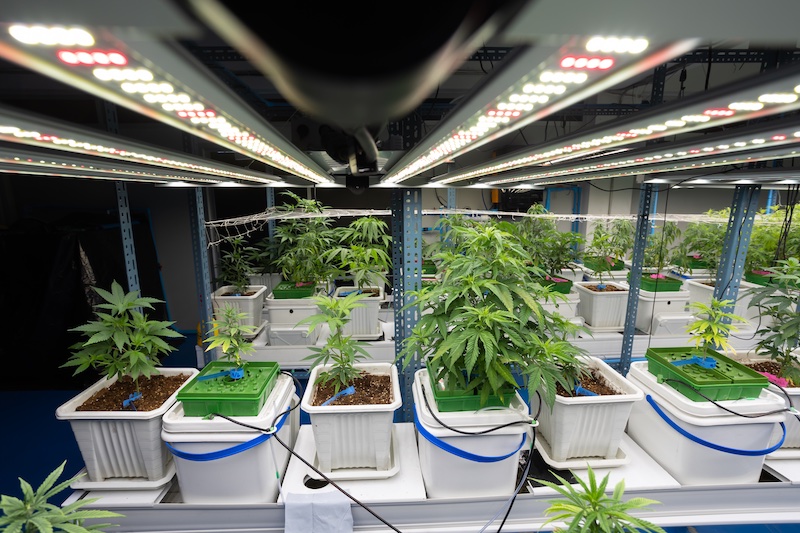
3. Flowering Phase
For the flowering phase, adjustable-spectrum LED technology is designed to meet the specific needs of plants at this stage, providing red light spectra that plays a crucial role in initiating the flowering process. This light signals the plant to transition from vegetative development to reproductive maturity, leading to flower and resin production. The ability to customise the light spectrum during this stage allows growers to influence bud density and size, as well as the cannabinoid and terpene profile, improving the potency and aroma of the final product.
LED lights emit less heat than HID (High-Intensity Discharge) lamps, which reduces the risk of burning buds and allows the lights to be brought closer to the canopy to maximise light penetration and flower production. But as plant growth transitions from the vegetative to the flowering stage, it is a good practice to “stagger” this transition process, gradually increasing the height of the LED grow lights, moving them away from the plant canopy.
4. Resin and Terpene Quality Control
The quality of cannabis is largely determined by the production of cannabinoids and terpenes, compounds that influence both the aroma and potency of marijuana. LED lights allow precise control over exposure to specific light spectra, such as far-red and UV-B, which have been shown to stimulate the production of these compounds. During the final phase of flowering, exposing plants to these spectra can trigger a defense response, generating more trichomes and a higher concentration of specific terpenes, making the cannabis’s organoleptic profile a differentiating factor.
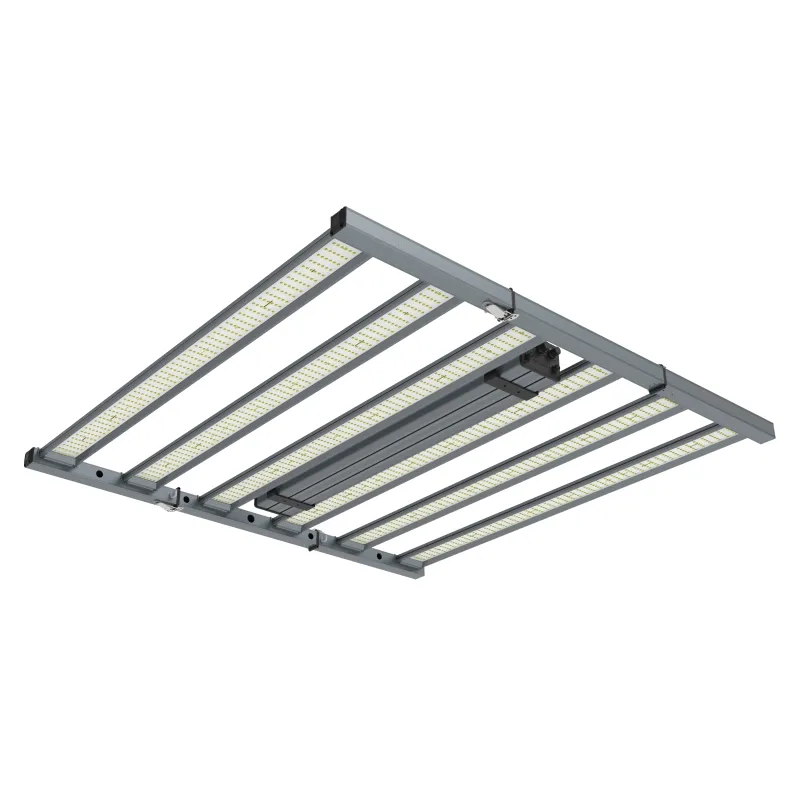
Pure Led EXPERT
The EXPERT 720W luminaire offers the possibility of individually designing a light curve for each cultivation phase and includes an extra channel to add UV radiation. The spectrum of the lamp can be adjusted to the needs of a specific genetics in order to get the best out of your crop. The luminaire is equipped with two individually adjustable channels for the Vegetative and Flowering phases, a…
5. Intra-Canopy Lighting
Intra-canopy lighting involves placing LED lights in the middle areas of the foliage, between the lower branches, to ensure that all parts of the plant receive enough light, encouraging the development of buds in areas that would otherwise be less productive. Small and focused LED diodes are ideal for this purpose, as they can be placed in strategic locations without damaging the leaves or increasing the temperature too much. This is particularly useful in large crops or varieties with a leafy structure, where the upper light may not reach the lower areas of the canopy, helping these areas also develop quality flowers.
6. Supplemental Lighting in Combination with HID Systems
In some crops, LEDs are used in combination with HID lighting systems to take advantage of both types of lighting. HID lights provide high light intensity, while LEDs offer specific spectra and energy efficiency, a combination that optimises photosynthesis. For example, during the flowering phase, LED lights can complement HIDs by adding red and UV spectra, which enhance the production of terpenes and cannabinoids, while HIDs provide high-intensity light.
7. UV Disinfection
This is another emerging application of LED lights in cannabis cultivation. LEDs that emit ultraviolet light, especially in the UV-C range, have germicidal properties that help control the proliferation of fungi, bacteria, and other pathogens in the growing space. By installing UV LED lights in strategic areas and programming their operation at specific times, the microbial load can be reduced, and a healthier environment can be maintained for the plants. It is important to use UV disinfection with caution, as direct and prolonged exposure to UV-C light can damage plants and pose risks to human health, so it is recommended to use automated systems that operate in the absence of personnel and outside normal lighting hours.
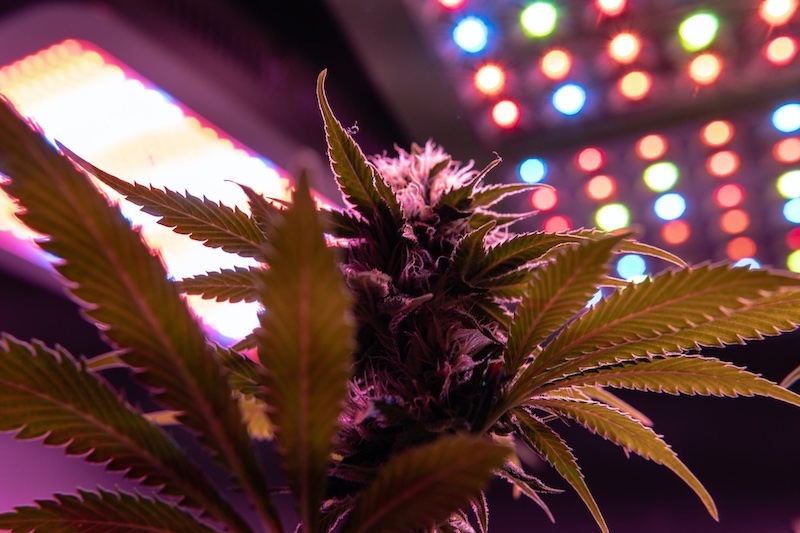
8. Use in Vertical or Multi-Tier Cultivation
Vertical growing systems maximise the use of available space, especially in urban environments or areas with limited space. And LED lights are ideal for these systems due to their compact design and low heat emission, which allows them to be installed close to plants without risk of burns. The energy efficiency of LED lights also contributes to reducing the running costs in vertical farming systems, where plant density and the need for constant lighting can increase energy consumption.
9. Stress Management
Modern LED systems, in combination with controllers and dimmers, allow the simulation of natural light cycles, mimicking sunrise, sunset, and seasonal changes. This ability to replicate a natural light cycle helps reduce stress on plants, as they can gradually adapt to changes in intensity and spectrum. This is especially useful in crops where the goal is to optimise adaptation to the environment, which often results in more robust growth and a better response in the flowering phase.
10. Disease Control
By adjusting the light spectrum to specific wavelengths, such as UV-A and intense blue, the production of certain compounds in the plant can also be stimulated, increasing its resistance against fungi, bacteria, and other pathogens. This is known as controlled stress induction, where plants, when exposed to certain spectra, develop natural defences that strengthen their immunity.
As you can see, the incorporation of LED lights into cannabis cultivation represents a revolutionary advance that brings the grower closer to levels of efficiency, customisation, and productivity never seen before. As the marijuana sector continues to evolve and expand, the role of this type of lighting in the cannabis cultivation of the future cannot be underestimated, a future that looks very promising when illuminated by the unlimited potential of LED technology.
